
Subsurface Solutions
Expert consulting for upstream energy, optimizing exploration and production with precision and innovation.
1. Subsurface Evaluation & Integrated Geological and Geophysical (G&G) Studies
Innovative Workflow Deep Direct Hydrocarbon Indicators AVO (ddAV)
Purpose: Identifies AVO Class II/IIp (hidden prospects) and enhances characterization of hydrocarbon prospects in complex geological settings.
Key Features:
Rock physics modeling, seismic attribute analysis, and probabilistic simulations.
Overcomes challenges related to subtle seismic responses and low-impedance contrasts.
Provides a robust framework for de-risking and validating drilling targets.
Outcome: Optimizes exploration efforts in underexplored reservoirs with high reliability.
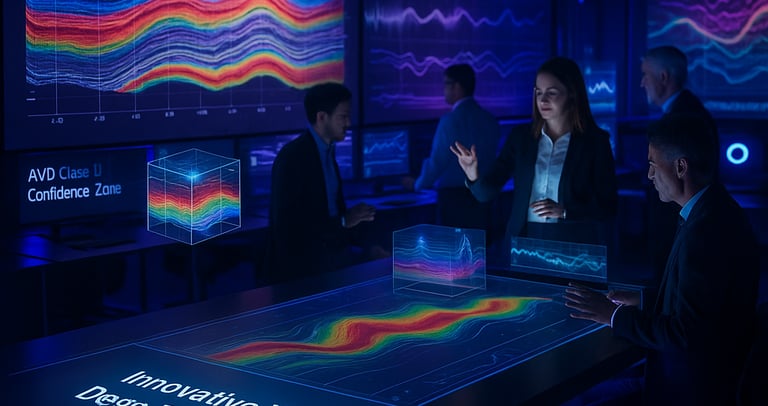

Our Subsurface Evaluation and G&G Studies service provides a comprehensive assessment of hydrocarbon potential using advanced seismic interpretation, rock physics modeling, and cutting-edge machine learning workflows. We specialize in AVO analysis, seismic inversion, and direct hydrocarbon indicator (DHI) identification, enabling precise de-risking of exploration targets. Our expertise spans structural and stratigraphic interpretation, reservoir characterization, and prospect maturation, ensuring that clients receive a high-confidence assessment of exploration opportunities. Our studies are designed to support strategic decision-making, providing an optimized path for future drilling campaigns while mitigating subsurface uncertainties.
Reservoir Characterization
Comprehensive analysis to enhance reservoir understanding and optimize production strategies effectively.
Seismic Interpretation
Advanced techniques to analyze seismic data for informed exploration decisions and risk reduction.
Prospect Evaluation
Thorough assessments to identify and evaluate potential hydrocarbon opportunities for clients.
Innovative Workflow Deep XGBoot Machine Learning (DGML)
Purpose: Integrates AVO analysis with machine learning to create a robust hydrocarbon prospecting approach AVO Class IIp.
Key Features:
Combines deterministic insights of AVO with advanced machine learning techniques (Gradient Boosted Decision Trees and deep neural networks).
Enhances detection of subtle hydrocarbon anomalies, particularly AVO Class IIp gas sands.
Uses seismic attributes, fluid substitution, and probabilistic modeling to mitigate seismic pitfalls and overlapping lithological signatures.
Outcome: Offers a transformative tool for hydrocarbon exploration, validated through forward modeling and field data.
2. Drilling Planning & Well Execution Strategy
Our Drilling Planning and Execution Strategy service is focused on delivering cost-effective, technically robust well planning solutions that align with Planet One’s exploration and development strategy. We provide conceptual and detailed well designs, integrating pore pressure and geomechanical modeling, casing and tubing selection, and real-time drilling risk assessment. Our expertise ensures a safe, efficient, and compliant execution plan, utilizing state-of-the-art technologies such as dynamic modeling, MPD planning, and deepwater drilling optimization. Whether in Ghana, the UAE, or other offshore environments, we offer a flexible, scalable drilling roadmap that can be tailored to support single-well exploration or full-field development strategies.
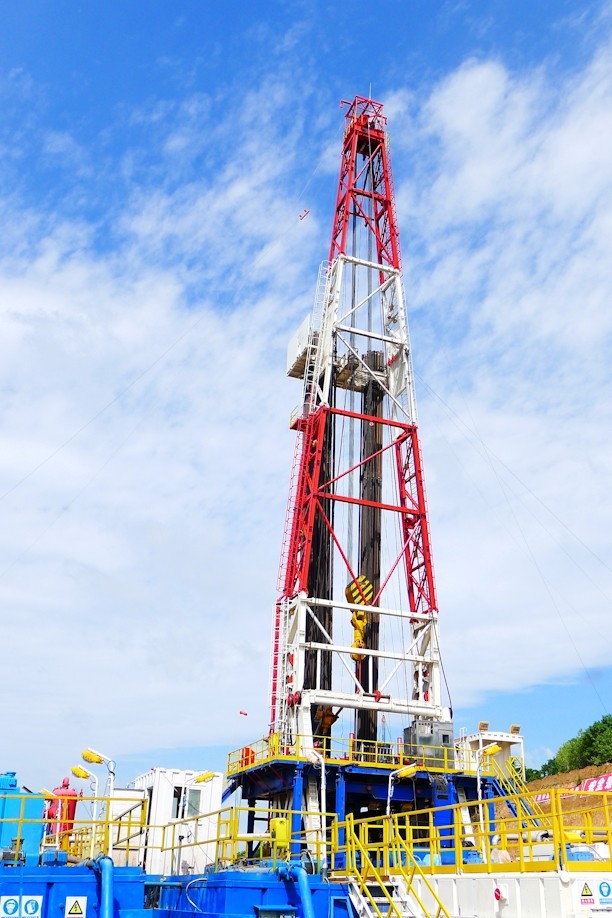

WritRedefining AVO Classes: A Modern Perspective on Offset-Dependent Behavior
At CoreFlowMC, we challenge the traditional view of Amplitude Versus Offset (AVO) analysis by introducing a more dynamic and physically accurate understanding of AVO classes. Our latest research and field applications reveal that AVO class definitions are not constant, but rather offset-dependent, evolving with changes in seismic angle and subsurface response. This breakthrough allows for a deeper interpretation of amplitude behavior—where conventional Class I anomalies may transition into Class II or IIp at far offsets, often unlocking previously overlooked hydrocarbon potential. By embracing this modern definition rooted in advanced rock physics and supported by real-world data, our workflows significantly enhance the reliability of prospect de-risking and reduce the chances of drilling dry wells. This evolving AVO understanding is at the core of our proprietary ddAV technology, empowering more informed exploration decisions across complex geological settings.e your text here...
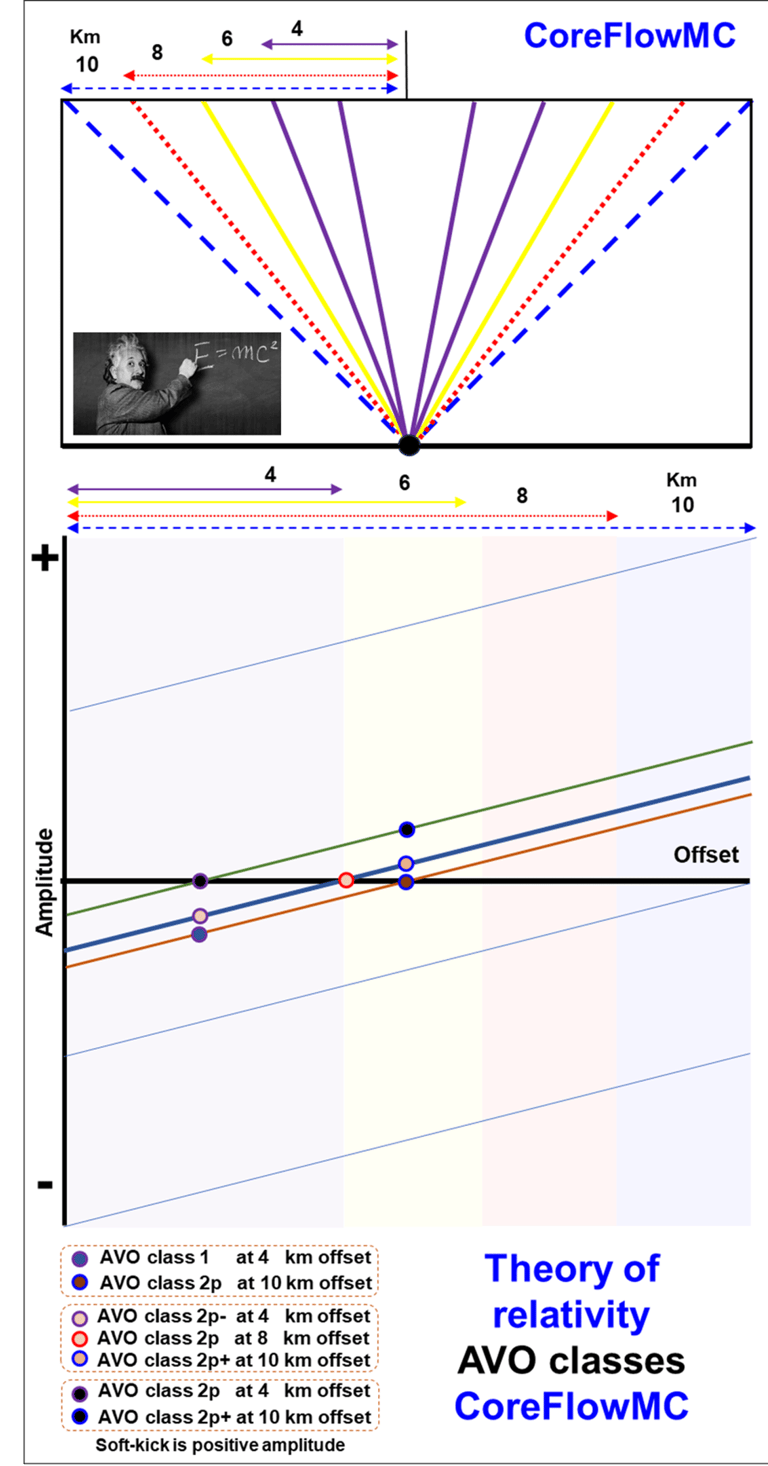

Inventory of Documents and Deliverables
1. Pre-Study Documentation
Project Charter: Defines objectives, scope, stakeholders, and deliverables.
Stakeholder Analysis: Identifies key stakeholders and their roles.
Regulatory Compliance Checklist: Lists required permits and approvals.
Risk Assessment Framework: Identifies and categorizes potential risks.
Preliminary Environmental Impact Assessment (EIA): Assesses environmental constraints.
2. Subsurface studies
Comprehensive G&G Report: Seismic interpretations, geological models, reservoir characterizations, and prospect de-risking assessments.
High-Resolution Technical Maps and Seismic Sections (project): Precise maps and cross-sections of key structural elements and reservoir targets.
Petrophysical Analysis Report: Well log interpretations and rock properties.
Pore Pressure/Fracture Gradient (PPFG) Prediction: Essential for well design.
Hydrocarbon Prospectivity Report: Details on potential reserves.
3. Well Design Documentation
Conceptual Well Design: Surface and target locations, trajectory plans, casing, and tubing design.
Well Control Contingency Plan (WCCP): Blowout prevention and mitigation.
Well Control Plan (WCP): Detailed timelines and milestones.
Detailed design document
4. Environmental and Safety Assessments
Health, Safety, and Environment (HSE) Management Plan: Safety protocols and emergency response.
5. Procurement and Vendor Management
Equipment and Material Specifications: Detailed list of long-lead items like BOP, wellheads, risers, and tubulars.
Drillship Tender Document: Scope of work, technical requirements, and evaluation criteria.
Vendor Evaluation Reports: Shortlisted contractors and suppliers.
Logistics Plan: Jetty, heliport, and supply base arrangements.
Tender backages for three bundle
6. Economic and Financial Documentation
Cost Estimate Reports:
Level 0: High-level estimate.
Level 1: Detailed breakdown of project components.
Level 3: Deterministic cost estimate.
Authorization for Expenditure (AFE): Budget approval for each well.
Economic Risk Assessment: Analysis of political, fiscal, and market risks.
7. Drilling Execution Plans
Drilling Program: Detailed instructions for each phase of drilling.
Standard Operating Procedures (SOPs): Comprehensive procedural guidelines.
Drill Well on Paper (DWOP): Collaborative session document for operational readiness.
Batch Drilling Feasibility Study: Analysis of time and cost savings.
8. Post-Study Documentation
Project Closure Report: Summary of findings, lessons learned, and recommendations.
Final Environmental Compliance Report: Verifies adherence to environmental standards.
Data Package for Stakeholders: Includes all technical, operational, and economic documentation.
Final Well Report (FWR)
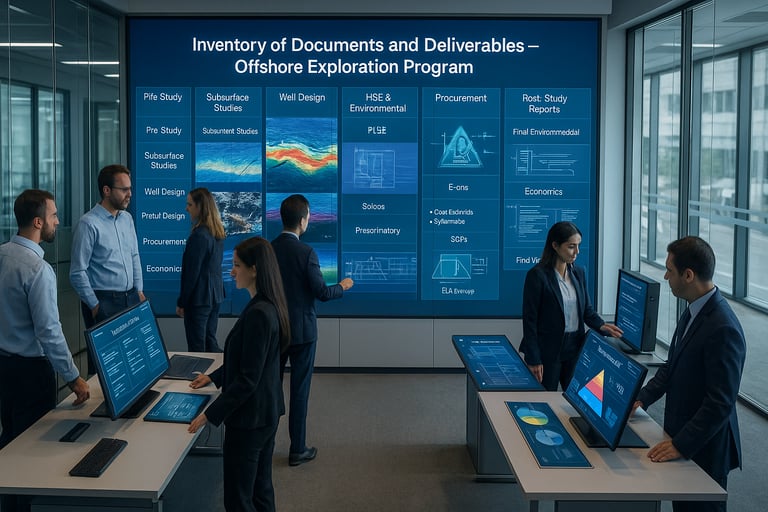

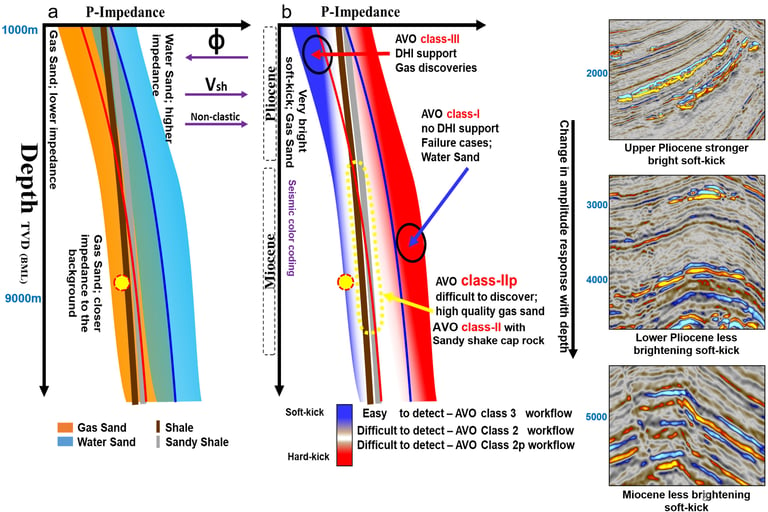

Client Feedback
Hear what our clients say about our expert consulting services.
CoreFlow's insights transformed our exploration strategy, significantly improving our operational efficiency and decision-making.
The comprehensive subsurface studies provided by CoreFlow were invaluable for our project, enhancing our understanding and optimizing our production workflows effectively.
★★★★★
★★★★★
Consulting
Expert subsurface studies and diriiling processes for energy sector optimization.
Innovation
Efficiency
© 2025. All rights reserved.
